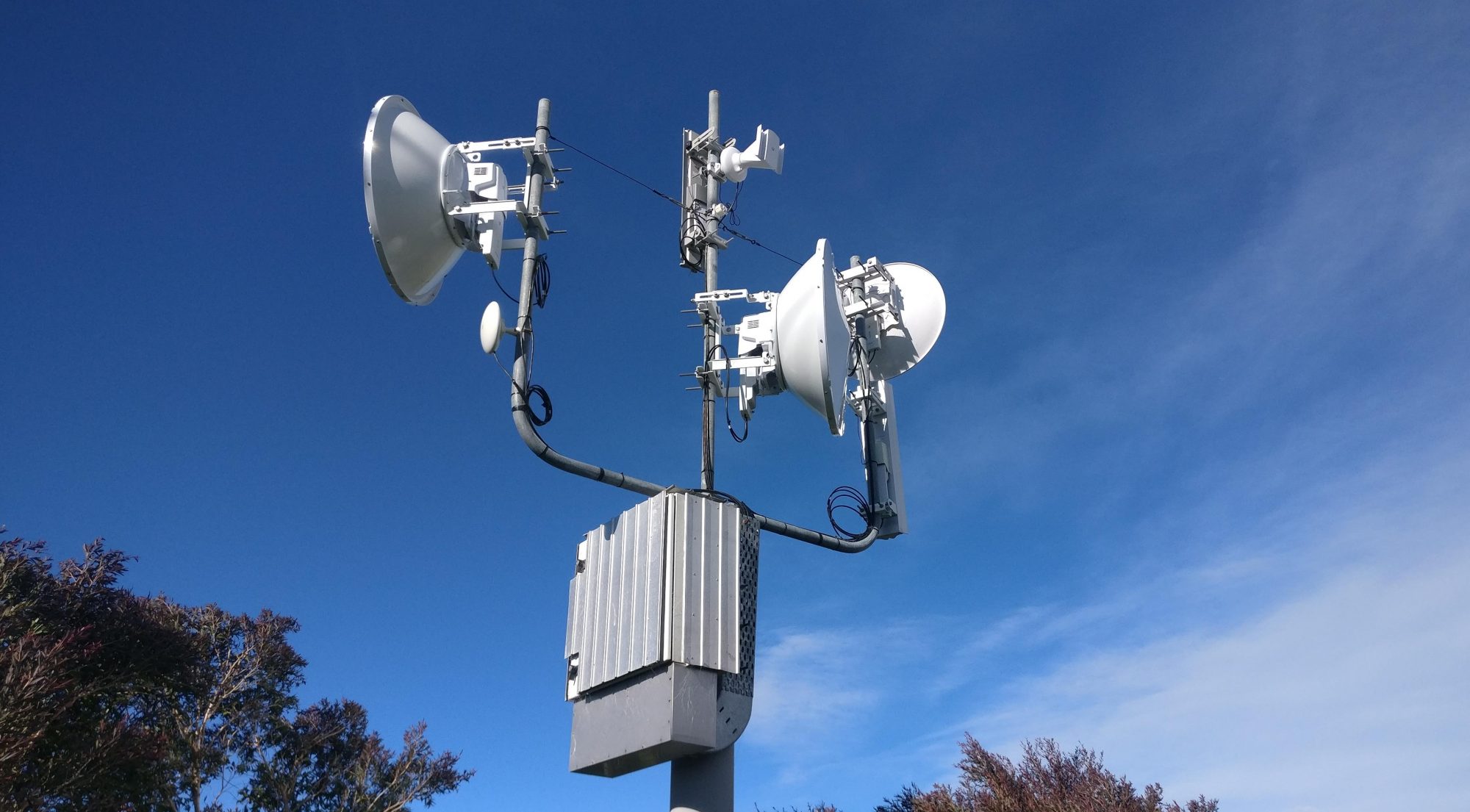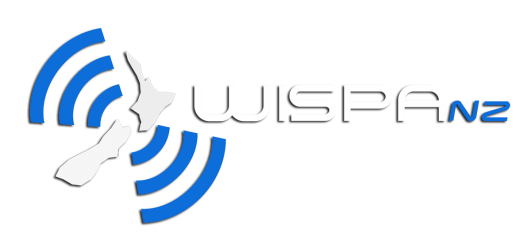PrimoWireless – Closing Taranaki’s Digital Divide.
(Re-posted from The Download)
Fibre is making Taranaki’s rural wireless internet service run much better. It can reach deeper into rural areas it couldn’t get to before.
Regional wireless internet service provider PrimoWireless has used fibre for four or five years now, to improve internet speeds and reliability for its rural customers. Fibre also extends its network into those deep rural pockets even satellite can’t reach.
PrimoWireless’ managing director, Matthew Harrison, says fibre is proving particularly valuable to those at the furthest-most points of its network. “Some of those farms can’t even get satellite because the hill country is too steep. They were stuck on dial-up and they used to wait a whole day for an email,” he says.
Taranaki was one of the first regions to have fibre installed as part of the UFB initiative. The aim is to deliver the kind of fast telecoms service city people take for granted to rural New Zealand.
UFB fibre has helped transform communications in rural Taranaki, says Harrison.
“It’s the fastest there is. Nothing else can go as fast as fibre – you can do 10 GB or 100 GB. You change the equipment on the end and it will go faster.
“We use the fibre to get better speed and latency [faster response times]. We get it as close as we can to our sites, and then we use wireless to deliver the service to the end-user. The closer we can bring the fibre, the closer effectively we can bring Auckland to them – which is where all the internet comes from,” he says.
PrimoWireless’ combined broadband radio wireless and fibre service means its business and rural customers can now, for example, set up a viable home business, no matter how remote their farm. And local marae can persuade reluctant young Māori to join in their activities as they can now use the internet for downtime entertainment.
In the same way, wool farmers can attract younger shearers as they no longer face being disconnected from the internet while working on a remote farm.

Farmers can now make more use of Internet-of-Things’ precision agriculture applications – for herd testing and to manage irrigation and water levels, for example – because both the cowshed and woolshed can now connect to the internet.
PrimoWireless is 12 years old. It has 3,000 customers and operates 80 broadband radio wireless sites that form a ring around Mount Taranaki. The sites vary in size from small ones serving 10 to 20 people, to big ones serving around 200 customers.
In September 2017, PrimoWireless secured funding from Crown Infrastructure Partners (CIP) to further develop its network. It uses regional radio spectrum on the 2.6Ghz
and 5Ghz bands so it can serve both non
line-of-sight and line-of-sight customers.
“We’re closing the urban and digital divide,” says Harrison.
“We aim to close that gap up, so rural people can have the same opportunities as townies.”

